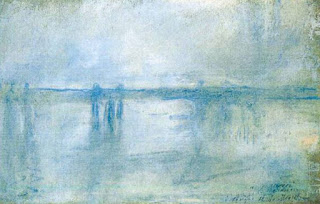Thursday, October 18, 2012 -  Anthony Amore,ARCA,art theft,ARTINFO,Kunsthal Rotterdam,Lynda Albertson,Noah Charney,The New York Times
Anthony Amore,ARCA,art theft,ARTINFO,Kunsthal Rotterdam,Lynda Albertson,Noah Charney,The New York Times
 2 comments
2 comments
 Anthony Amore,ARCA,art theft,ARTINFO,Kunsthal Rotterdam,Lynda Albertson,Noah Charney,The New York Times
Anthony Amore,ARCA,art theft,ARTINFO,Kunsthal Rotterdam,Lynda Albertson,Noah Charney,The New York Times
 2 comments
2 comments
Rotterdam Art Heist: ARCA in the Media
Here's a few links to ARCA associates recently published in the media:
In Noah Charney's "Secret History of Art" column for artinfo.com, the founder of ARCA writes on "Rotterdam Art Heist Likely for Ransom".
In The New York Times, ARCA Trustee Anthony Amore, Security Director for The Isabella Stewart Gardner Museum, writes as an Op-Ed Contributor about "Debunking the Myth of Glamorous Art Thieves" in "No 'Thomas Crown Affair'".
Niels Rigter of Metro published an article online here (in Dutch, loosely translated into English) quotes ARCA's CEO Lynda Albertson (also pictured) about the difficultly of selling stolen art.
Bloomberg's Catherine Hickley article, "Art Thieves Struggle to Convert Monet, Picasso Into Cash", includes an interview with ARCA CEO Lynda Albertson.
ARCA Instructor Tom Flynn's blog "artknows" in "Will we never learn from art theft? Value is in the eye of the beholder" points out that stealing art is done for all sorts of reasons -- especially if the paintings are displayed in buildings that are "woefully deficient in security"as pointed out by Dutch security consultant Ton Cremers.
ARCA Instructor Tom Flynn's blog "artknows" in "Will we never learn from art theft? Value is in the eye of the beholder" points out that stealing art is done for all sorts of reasons -- especially if the paintings are displayed in buildings that are "woefully deficient in security"as pointed out by Dutch security consultant Ton Cremers.
















